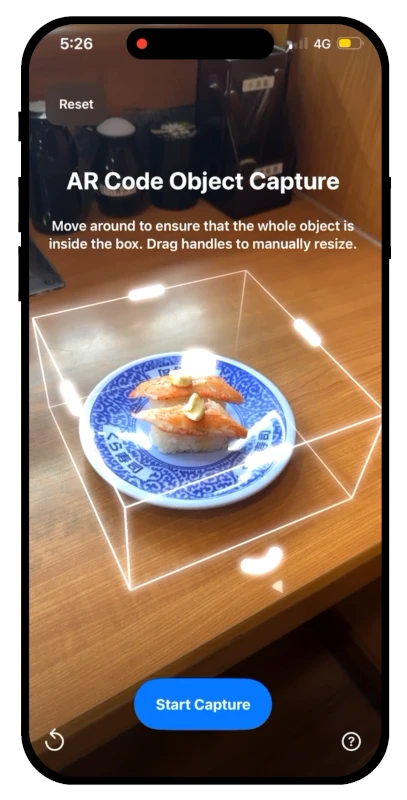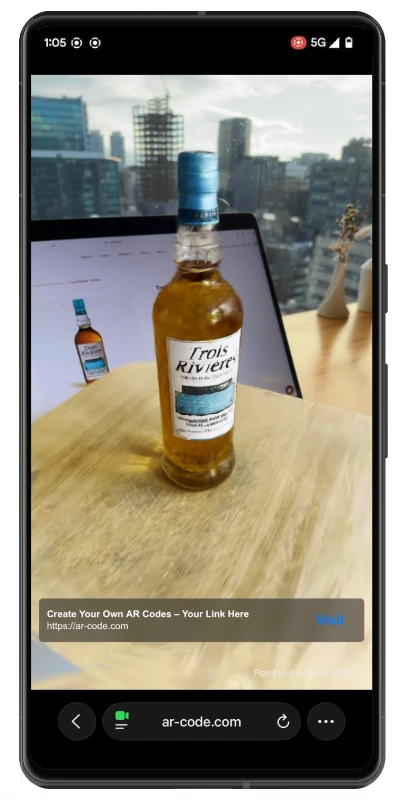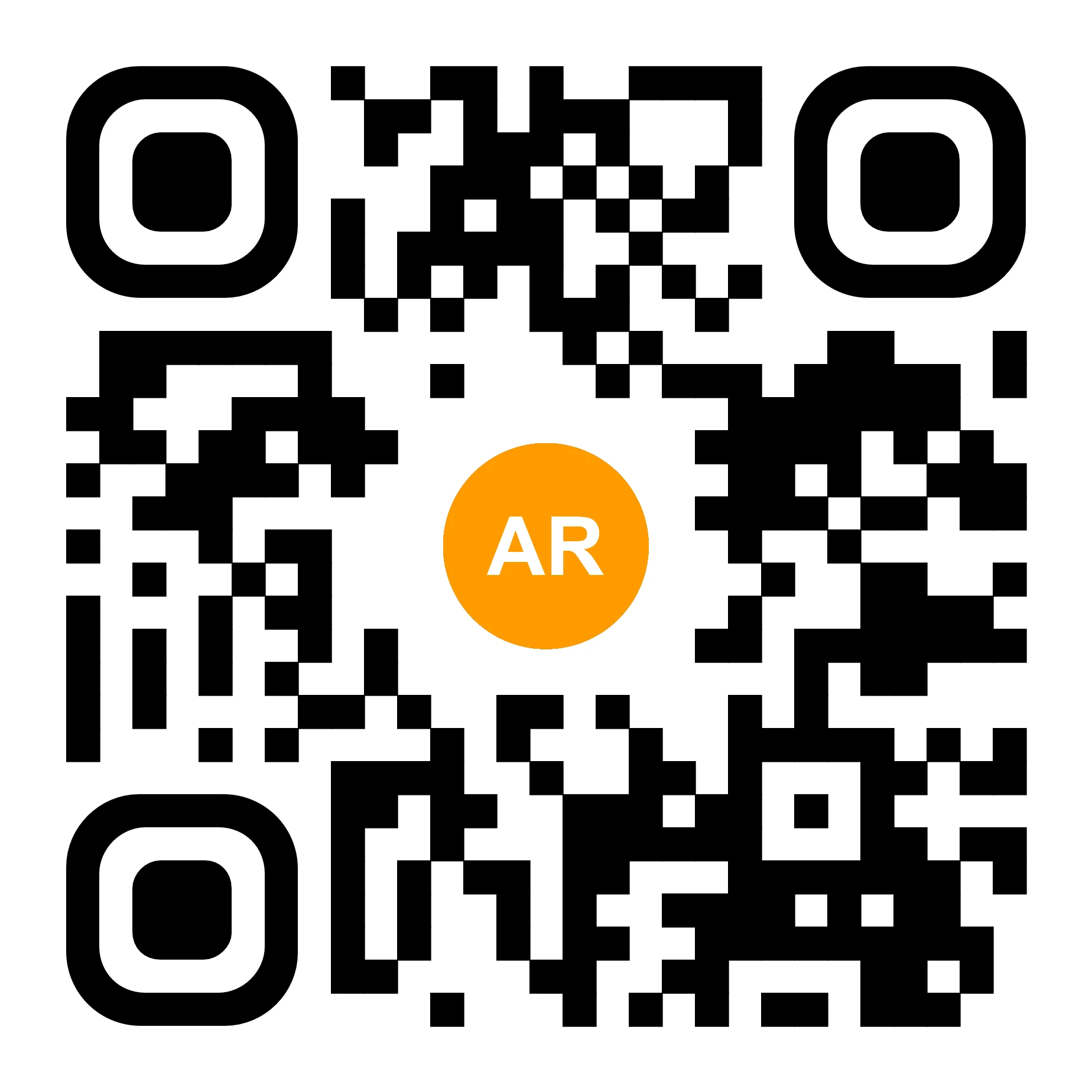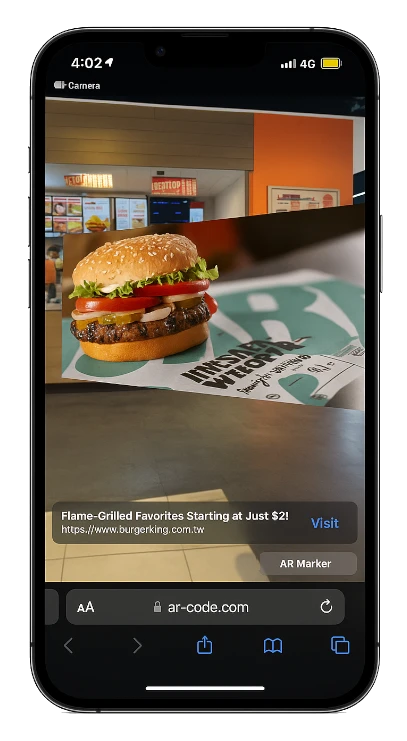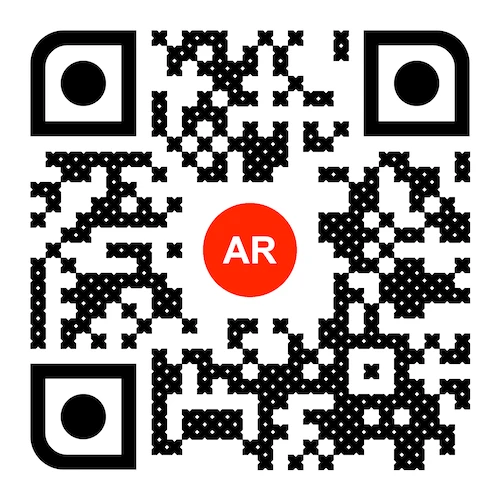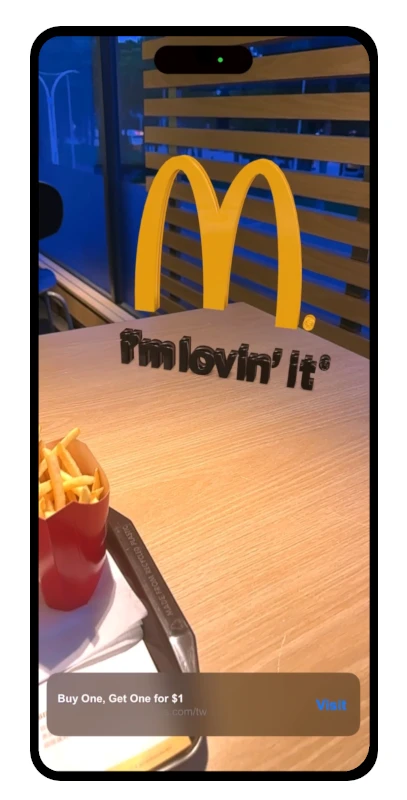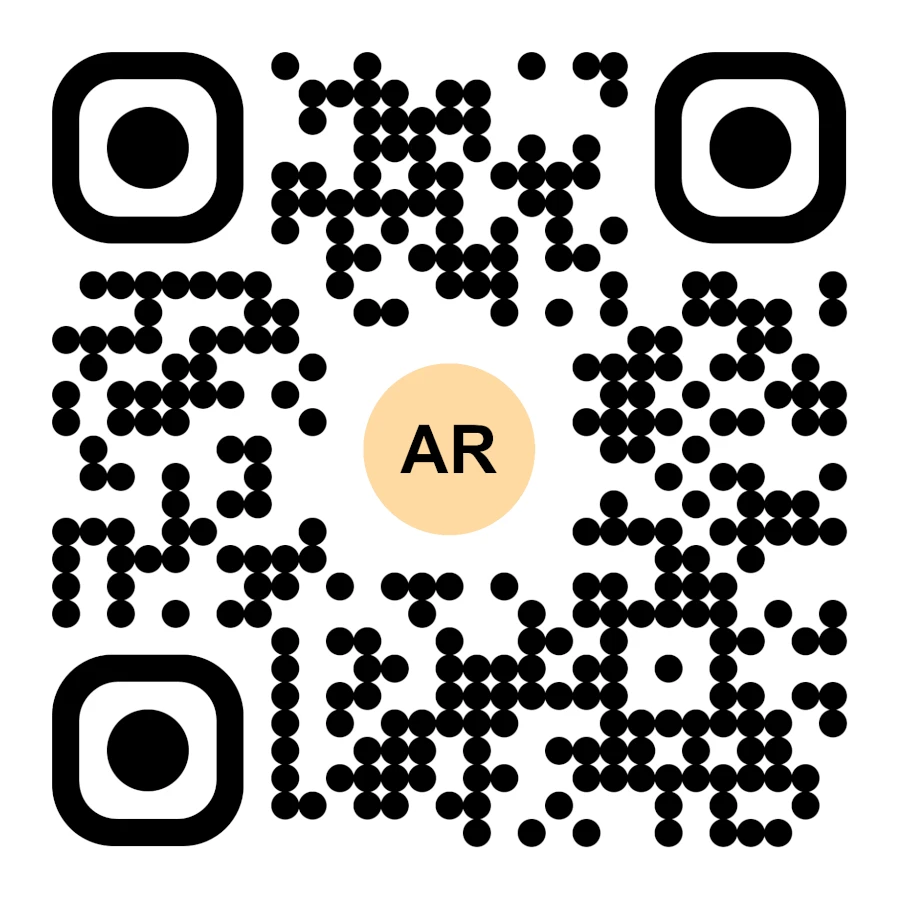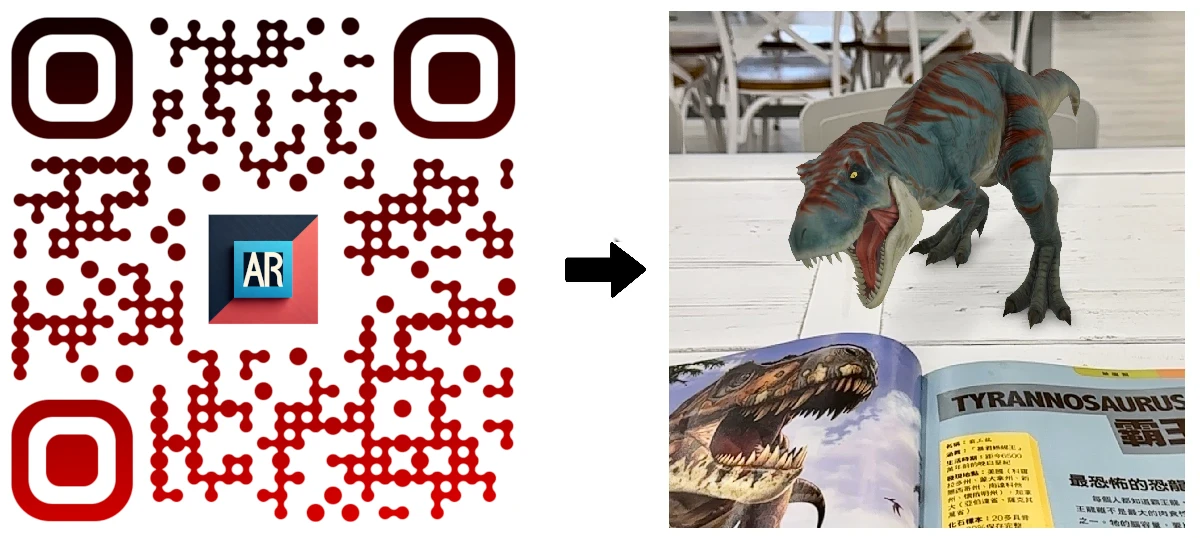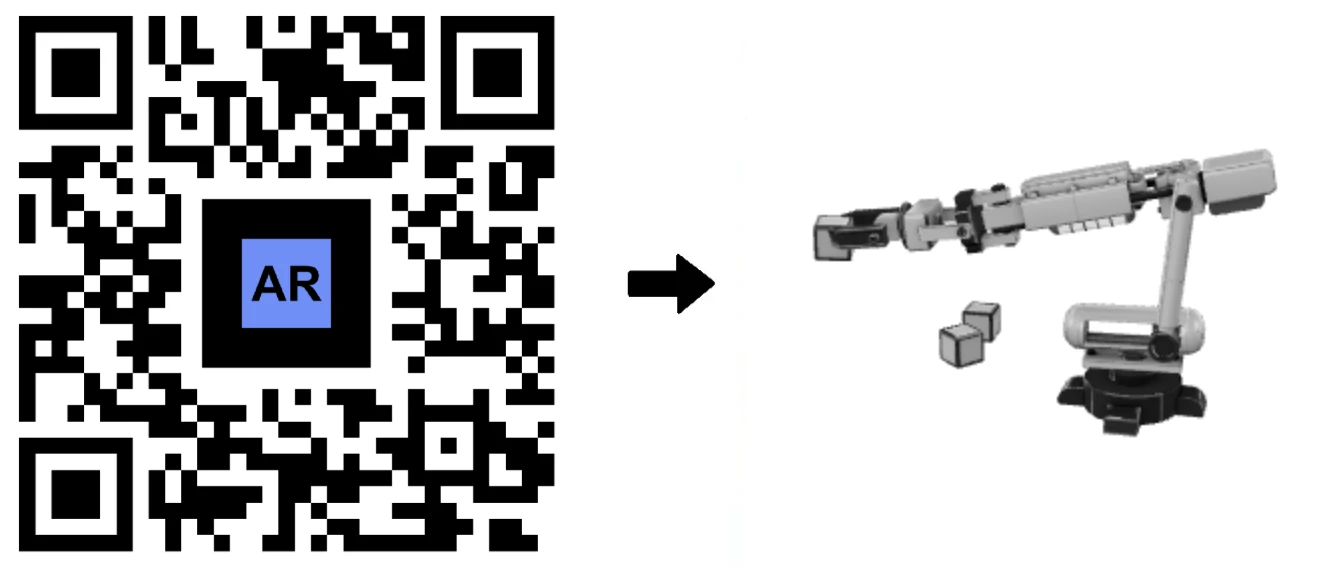Blippar VS AR Code: WebAR SaaS Platforms Compared
WebAR | 03/01/2026 |
WebAR solutions like AR Code and Blippar are revolutionizing business engagement by delivering interactive augmented reality without the need for app downloads. This efficiency empowers brands to enhance marketing, packaging, retail, and event experiences. Embedding AR content at customer touchpoints not only captivates audiences but also drives digital engagement and conversions.
AR Code and Blippar are leading web-based AR platforms that empower organizations to innovate and capture audience attention through immersive AR. This guide compares these top AR SaaS solutions so businesses can choose the ideal platform for marketing, digital transformation, and superior customer engagement.
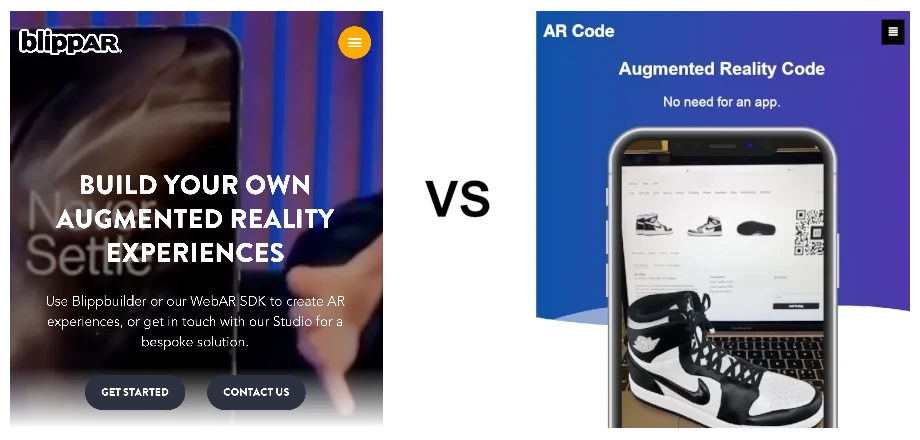
AR Code: Seamless WebAR for Business Growth
AR Code delivers an intuitive WebAR platform for businesses, making it simple to launch and manage augmented reality experiences. The no-code, app-free interface allows marketing teams to create engaging digital content fast, boosting both customer interaction and brand storytelling.
Access AR content instantly by scanning an AR QR code with any smartphone or tablet—no installation required. Learn how to scan AR Codes for instant, engaging digital layers across print, packaging, advertising, and live events. Businesses benefit from fast AR marketing, elevated customer experiences, and the ability to launch interactive campaigns in minutes.
Blippar: Comprehensive WebAR SDK for Developers
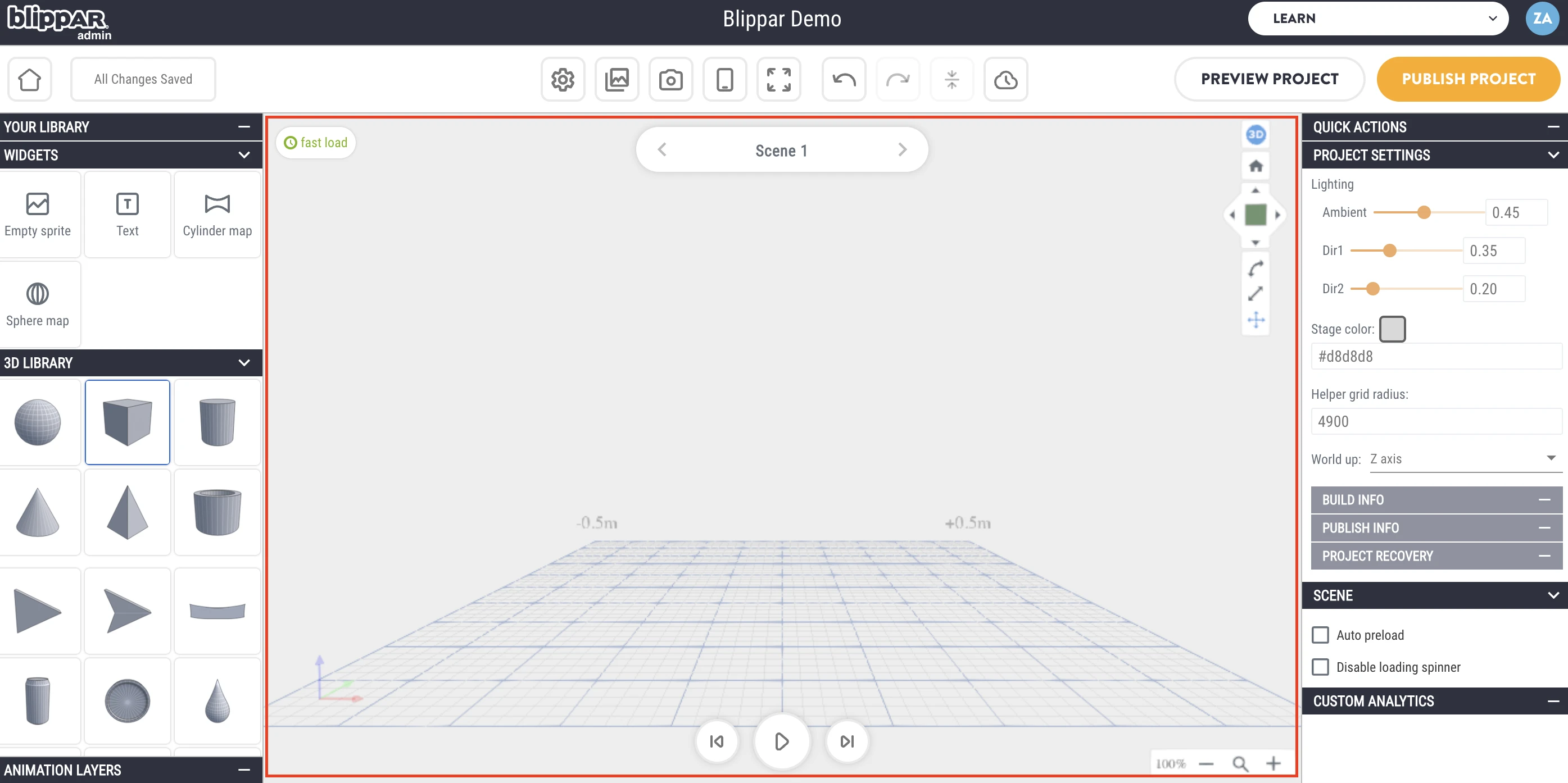
Blippar offers a powerful WebAR SDK for developers who need advanced AR integrations. With drag-and-drop tools and support for frameworks like PlayCanvas, A-Frame, and Babylon.js, Blippar is ideal for organizations with in-house development resources seeking custom AR solutions for web and social media.
Simplicity vs. Advanced Customization: Find Your Ideal AR Solution
When choosing WebAR, businesses should consider whether they prefer rapid, no-code AR deployment or require deep, developer-led customization for unique AR campaigns.
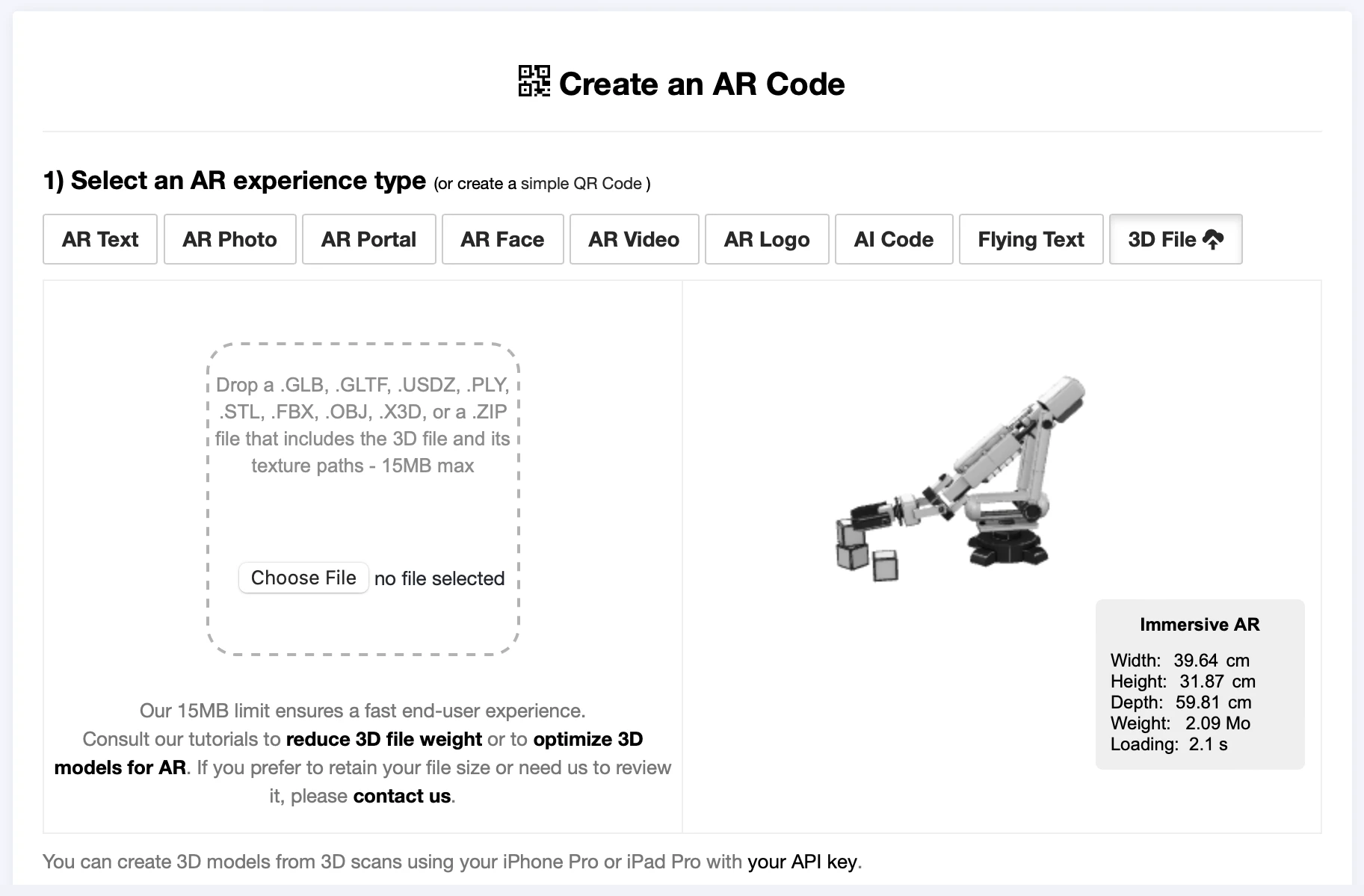
AR Code stands out for business and marketing teams seeking speed, simplicity, and creative flexibility. Its intuitive platform includes drag-and-drop tools for 3D text, AR photos, AR portals, AR face filters, 3D logos, and AR videos—all without coding. AR Code empowers businesses to enhance product packaging, provide virtual tours, offer AR business cards, transform real estate marketing, and create strong AR packaging campaigns.
AR Code provides a complete suite of business tools, including comprehensive documentation, free 3D model downloads, step-by-step tutorials, and a supportive community. Its flexible pricing suits businesses of all sizes, enabling quick AR deployment and measurable impact.
Blippar’s SDK is tailored for advanced AR use cases, featuring image recognition, object tracking, and superior 3D rendering. Businesses using Blippar benefit from expansive customization, but should plan for longer implementation times and dedicated programming resources.
Why Choose AR Code? Efficient WebAR for Rapid Business Results
AR Code is the smart choice for businesses that demand a user-friendly, scalable AR platform to quickly maximize marketing, boost customer engagement, and improve brand loyalty. Discover how AR Code can transform advertising campaigns and empower education environments with instant, cross-device AR deployment.
Learn More: Compare AR Code with the Top WebAR Platforms
Searching for the right WebAR SaaS for your company? Compare leading platforms here:
Frequently Asked Questions
How does AR Code facilitate ease of use for non-technical businesses?
AR Code offers intuitive creation tools like AR Text, AI Code, AR Photo, AR Portal, AR Data API, AR Face Filter, AR Video, and AR Logo, alongside straightforward 3D model file uploads. With detailed documentation, free 3D models, hands-on tutorials, and community support, teams can quickly design interactive AR experiences that increase engagement, all without a technical background.
What unique features does Blippar's SDK provide?
Blippar's WebAR SDK is crafted for advanced developers, providing features like image recognition, object tracking, 3D rendering, and integration with frameworks such as PlayCanvas, A-Frame, and Babylon.js. This platform is best for businesses with expert development teams ready to build custom AR projects.
Which platform is more beginner-friendly given the learning curve?
AR Code is more accessible for business users, marketers, and educators who do not have a technical background. Its drag-and-drop interface, guided tutorials, and ready-to-use features allow quick AR campaign deployment. Blippar is best suited for technical teams who prefer full customization through coding and integration.
WebAR - Latest Blog Posts
8th Wall Is Shutting Down: Timeline, Impact, and the Best 8th Wall Alternative for WebAR

The WebAR landscape is undergoing a major shift with the announcement that 8th Wall, a leader in browser-based augmented reality, will be phased out after more than seven years. This development creates urgent questions for developers, agencies, and brands: What will happen to active AR projects? How long will...
3DQR vs AR Code: A Comparative Study of QR Code-Based Augmented Reality Solutions
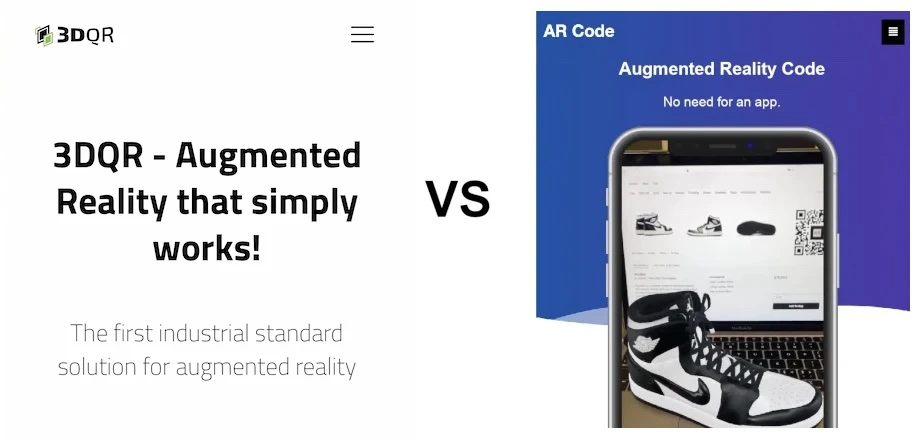
Augmented Reality is rapidly reshaping business engagement and operational processes across industries. AR Code and 3DQR are top AR SaaS platforms empowering organizations to deliver immersive digital experiences, boost customer engagement, and increase ROI. This side-by-side comparison highlights their features,...
8thWall VS AR Code: Comparing WebAR SaaS for Your Business
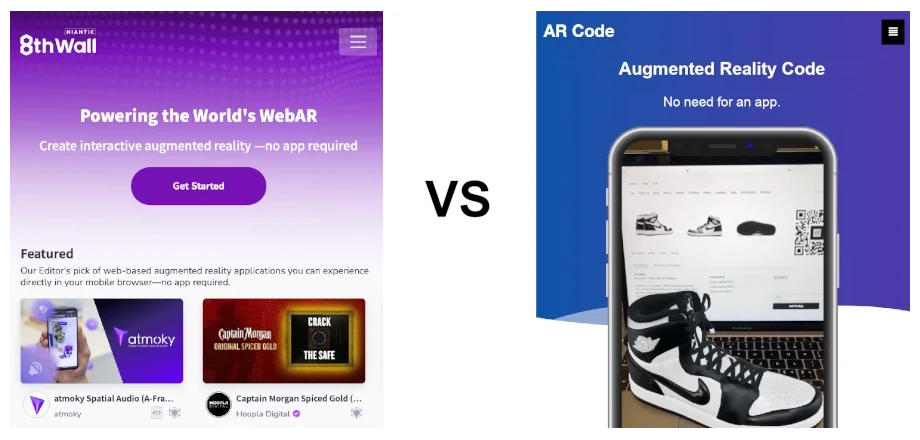
Web-based augmented reality (AR) is transforming how businesses engage customers and present products. Leading WebAR platforms such as AR Code and 8thWall enable companies to deploy interactive AR experiences directly in browsers, without apps. This accessibility elevates AR marketing and customer interaction across...
148,146 AR experiences
550,463 Scans per day
128,632 Creators
